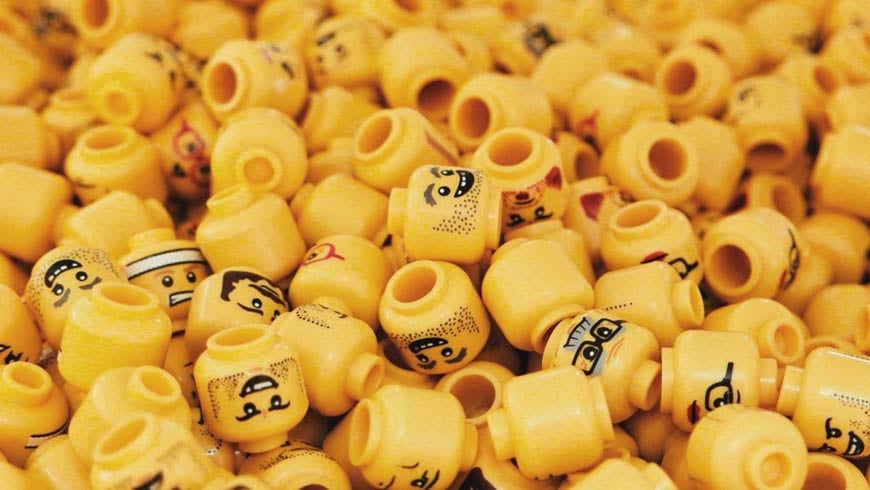
Most people have heard of Amazon chief Jeff Bezos’ two-pizza rule: if a meeting can’t share two pizzas, then there’s too many people in the room.
But if you’re using Solverboard, then it’s clear that you’re keen to get all your people involved in the business of innovation, so that can pose a dilemma when it comes to getting people together to create or develop ideas: you can’t always invite everyone.However, another truth is that any organisation over a certain size ends up, to a greater or lesser degree, with silos. People work in their teams, departments or sections, and getting them to communicate well with other parts of the business can be tricky. Assembling a cross-departmental innovation team can be a great way to break through those boundaries - and did you know that on Solverboard’s Standard price package, you can create smaller teams within your organisation's Solverboard, to support specific projects? There are, however, a few things you should consider when deciding who should be in your team.The usual suspects
Every organisation has them - people who are happy to take part in extra-curricular projects. It’s great to have enthusiasm and commitment, but logic dictates that working with the same people all the time is going to give you similar results every time. Try and think beyond the people who always have their hand up and consider the ones who never volunteer. The quiet ones. The shy ones. Or even the grumpy, ‘I don’t do this kind of stuff’ ones. They’ll almost certainly surprise you.
Adaptors vs innovators
As we discussed in an earlier post, everyone can be creative, but we all have different styles of thought. Adaptors are better at incremental change, while innovators tend to be better at creating something from nothing. You need a few of each in every team.
Different levels, perspectives and experiences
To a man with a hammer, every problem looks like a nail – it’s trite but true. People approach problems from their perspective and experience, and their creativity will be, in part, dictated by who they are. Mix it up with gender, ethnicity, background, seniority and any other factor you can throw in there. Experiment. See what happens!
Focus on the interactions, not the people
Margaret Heffernan’s fantastic TED talk about super chickens makes it very clear – creativity is what happens between people, not in them. Bringing people together in new and interesting ways is how you get the ideas flowing, so don’t be afraid to play around with different combinations.
X and Y
And finally, think about your gender mix. Studies have shown that in groups where over half of the members are women, they are interrupted less, talked over less, they contribute more, and the groups make better decisions. And not only that, but an MIT study found that the most creative teams were those with more women in them.
Want to find out more about how Solverboard can help your business innovate? Get in touch.






